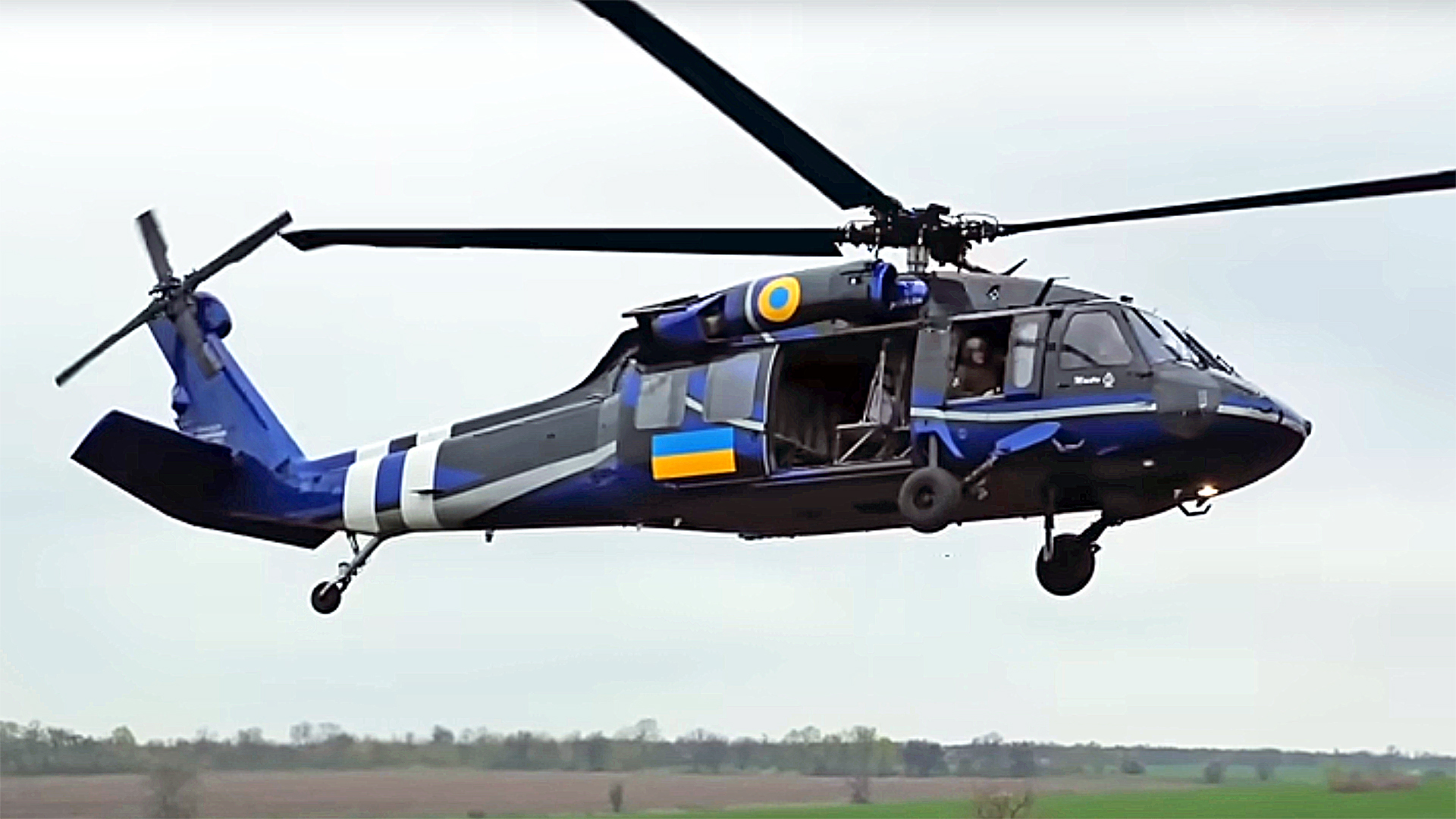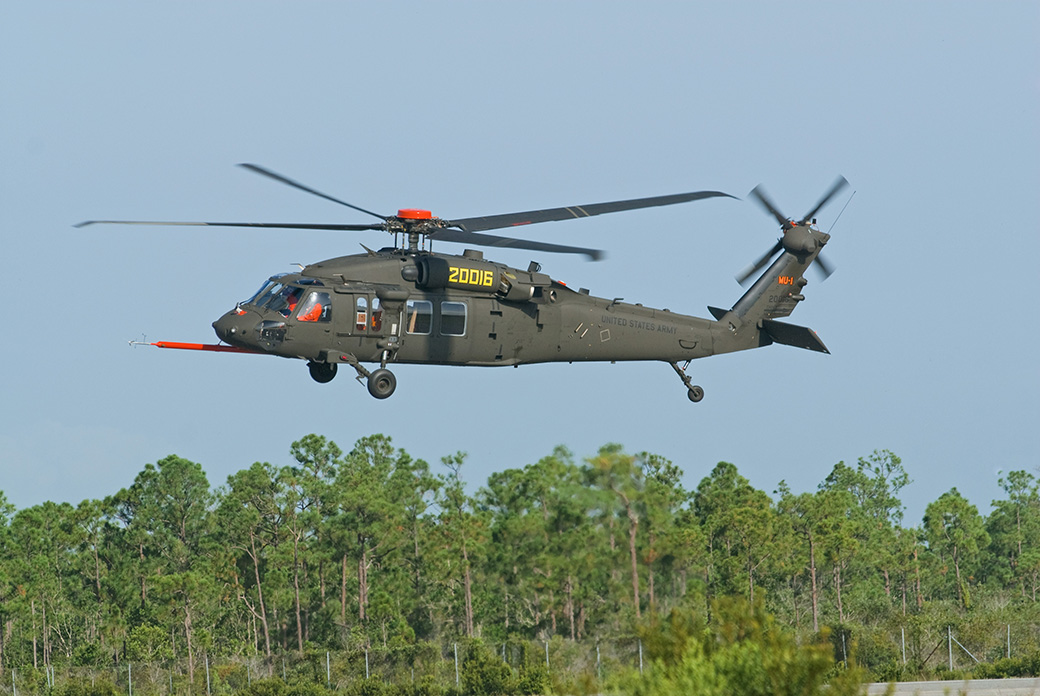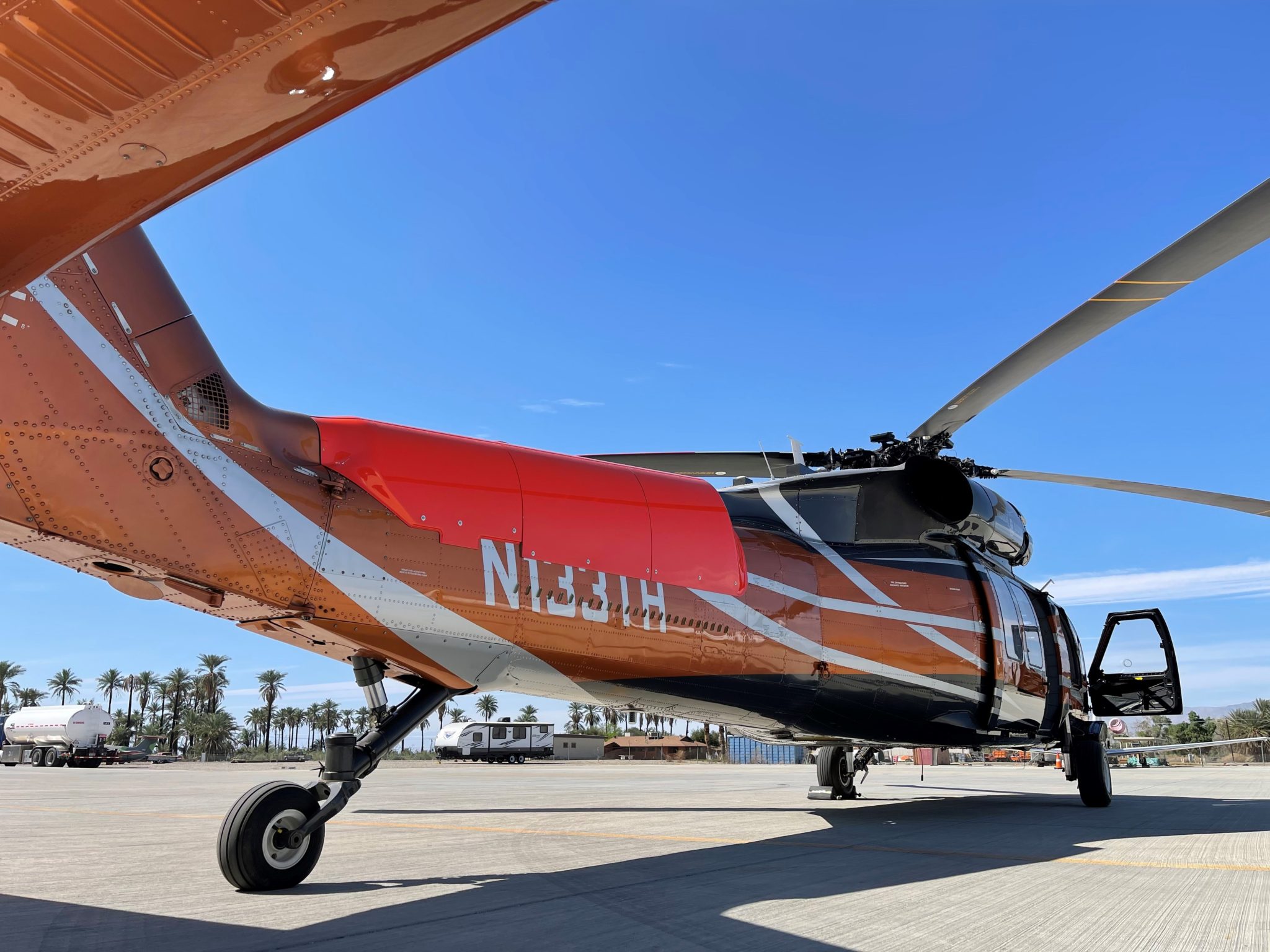Everything You Required to Know Regarding the UH 60 Helicopter
The UH-60 helicopter, a cornerstone of U.S. Military aviation considering that its launching in 1979, represents a remarkable blend of design and operational versatility. As army demands advance, so too does the helicopter, with ongoing improvements aimed at boosting its capabilities and incorporating modern-day innovations.
History of the UH-60
Developed in the late 1970s, the UH-60 Black Hawk helicopter emerged as a response to the united state Army's need for a versatile utility helicopter that could execute a selection of missions under difficult problems. The inspiration for its design was the shortcomings identified in the earlier helicopters utilized during the Vietnam War, particularly in regards to rate, ability to move, and survivability.
The Black Hawk was developed by Sikorsky Airplane, including innovative technologies and products to improve its performance and resilience. It was formally introduced into solution in 1979, rapidly ending up being a crucial asset for military procedures - uh 60. Its capability to carry soldiers, clinical evacuation, and logistical support in both fight and altruistic missions made the Black Hawk an indispensable component of the U.S. Military's air travel fleet
Throughout the years, the UH-60 has been continuously updated, adapting to the altering nature of war and the developing demands of modern-day armed forces procedures. Its operational history includes involvement in significant conflicts, peacekeeping missions, and disaster relief efforts, solidifying its reputation as a reliable and trustworthy helicopter in different settings worldwide.

Layout and Specs
The style of the UH-60 Black Hawk helicopter constantly mirrors a dedication to operational effectiveness and flexibility. Developed by Sikorsky Airplane, this medium-lift utility helicopter includes a sleek, aerodynamic body that improves speed and maneuverability. Its tandem rotor system, identified by 2 counter-rotating blades, decreases resonance and boosts lift capacity, enabling more secure operations in varied environments.
The UH-60 is powered by 2 T700-GE-701C turboshaft engines, giving an optimum rate of about 180 knots and a variety of around 400 nautical miles. Its robust airframe is created from sophisticated composite materials, guaranteeing resilience while keeping a reasonably low weight. The helicopter has a maximum gross weight of concerning 22,000 pounds, sustaining a functional haul configuration.

Duties and Objectives
A flexible system, the UH-60 Black Hawk helicopter serves a plethora of functions and missions within military procedures. Created largely for troop transportation, it is qualified of carrying approximately 11 soldiers, making it a necessary asset for rapid deployment and logistical support.
Along with troop transport, the UH-60 masters clinical discharge (MEDEVAC) objectives, geared up with sophisticated clinical equipment to supply vital treatment throughout transit. Its capacity to operate in diverse environments boosts its effectiveness in fight search and rescue (CSAR) procedures, where swift extraction of workers is crucial.
The helicopter likewise plays a considerable function in reconnaissance and security missions, utilizing onboard sensors and tools to collect intelligence. Its convenience prolongs to logistical assistance, capable of delivering products and equipment to forward running bases.
In battle operations, the UH-60 have a peek at this website can be furnished with different weapon systems, allowing it to offer close air support. Its multi-role capacity makes the Black Hawk a crucial tool for modern-day army forces, adapting seamlessly to the advancing demands of battlefield situations and guaranteeing mission success across a range of operational contexts.
Efficiency and Capabilities
Understood find for its robust performance, the UH-60 Black Hawk helicopter boasts impressive capabilities that improve its operational effectiveness across numerous missions. uh 60. This multi-role airplane is geared up with effective twin-engine Turbomeca Arriel 1D1 engines, supplying exceptional speed and maneuverability, with an optimum cruise ship rate of around 150 knots and a functional series of around 400 maritime miles
The Black Hawk's advanced avionics and fly-by-wire control systems considerably enhance flight safety and security and handling, permitting it to operate in varied environments, including adverse weather conditions. Its flexibility is further exhibited by its capacity to carry as much as 11 completely furnished troops or a haul of roughly 8,000 extra pounds, making it excellent for troop transport, medical emptying, and logistical assistance objectives.
Furthermore, the UH-60 is designed for survivability, featuring strengthened airframes, ballistic protection for staff and passengers, and advanced countermeasure systems to evade hazards. The helicopter's dexterity and speed, integrated with its capacity for quick release, make it an important possession in modern military operations, making sure that it stays a vital aspect of tactical air assistance and combat zone movement.
Future Dope

One significant emphasis is the assimilation of innovative avionics systems, which will certainly boost situational understanding through improved navigating and interaction capabilities. This consists of the possible use synthetic intelligence to aid pilots in decision-making and goal preparation.
Furthermore, future versions might integrate sophisticated products and design functions to strengthen the helicopter's longevity and minimize its radar trademark, enhancing survivability in objected to atmospheres.
The intro of hybrid-electric propulsion systems is additionally on the perspective, aiming to improve gas efficiency and decrease logistical worries. Such advancements could expand functional variety and decrease the helicopter's ecological footprint.

Conclusion
The UH-60 helicopter stands for a substantial development in armed forces aeronautics since its intro in 1979. The UH-60's sustaining visibility emphasizes its important role in modern-day army procedures and highlights the ongoing development of military aviation modern technology.
The UH-60 helicopter, a cornerstone of U.S. Army aviation considering that its debut in 1979, stands for an amazing blend of engineering and functional flexibility. As armed forces requirements evolve, so too does the helicopter, with continuous innovations aimed at improving its capabilities and incorporating modern technologies.The style of the UH-60 Black Hawk helicopter continually shows a commitment to operational performance and convenience. Developed by Sikorsky Airplane, this medium-lift energy helicopter features a smooth, aerodynamic body that improves speed and ability to move.The UH-60 helicopter represents a significant improvement in army air travel because its intro in 1979.